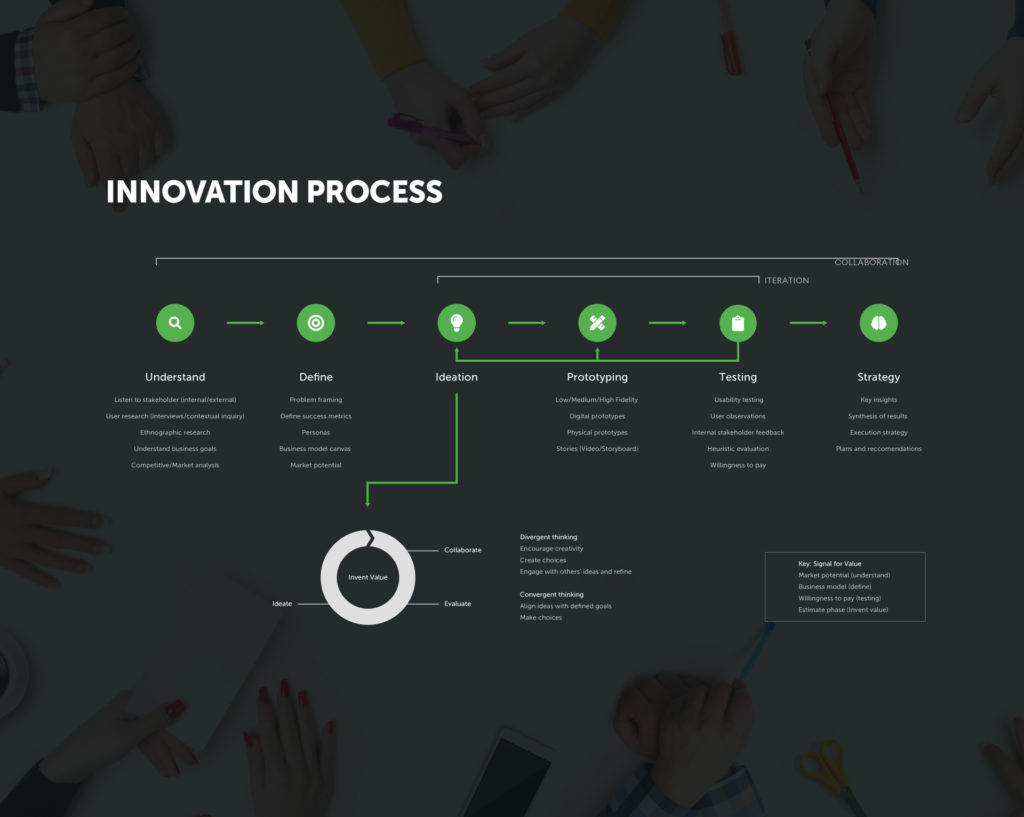Article
Enterprise 2.0 Tech delivers more Communication and Collaboration (1 of 10)

More Communication and Collaboration (part 1 of 10 part Enterprise 2.0 series introduced Enterprise 2.0 technology delivers MORE value in a new way)
Emphasis on OPEN TRANSPARENCY increases collaboration and communication
One of the best things about incorporating enterprise 2.0 software is that it makes you and your work transparent, such as:
- who you are (i.e. profiles and talents)
- what are working on (i.e. projects and status feeds)
- what you have done (document repositories and knowledge contributions)
- who you are involved with (communities and groups)
Knowing all of this helps people get past the small talk and discuss and collaborate more about the real issues and activities at work.
Social Text, one of many enterprise team collaboration offerings, illustrates these suggested benefits:
“With Socialtext People, you get social networking deeply integrated with enterprise collaboration. Socialtext People connects work colleagues and gives them a full picture of each other. It gives them the context of the who, what, when, where and why of the people they are working with, building the level of trust they have in each other, and increasing teamwork and work quality. With Socialtext People, everyone is aware of what is going on in the organization – the conversations underway, the thinking in progress, the groups that have formed, who knows what, who is working on what.”
Why is this important to the Enterprise?
More communication makes for better relationships and groups
As Warren Bennis suggests in his book “Organizing Genius: The Secrets of Creative Collaboration, “Every man works better when he has companions working in the same line, and yielding to the stimulus of suggestion, comparison, emulation.”
Being aware of what others are working on encourages diverse opinions and cross-functional discussions
For example, if you are micro-blogging about what you are working or your contributions show up in an activity feed, then you are helping others be more conscientious about adding input or ideas to what you are doing. Even if you don’t work in that group or level, being aware of what others are doing encourages diversity of opinion and discussion, something we all support and strive for, but don’t encourage with our hierarchical structures.
Effective cross-functional collaboration gets people and knowledge out of silos
Once you are out of your silos, you are free to discovering talent and groups of similar interest regardless of hierarchy level and function and location.
More collaboration and communication reduces meetings
Working together online and connecting with groups and communities reduces the number of inefficient meetings and phone calls. For example, traditionally, you might attend a meeting and wait an hour to add your few minutes of input. And in every company, there’s often several people that love to hear themselves talk and talk and talk and many others that don’t feel comfortable sharing opinions in front of others, making meetings dreaded for many of the attendees.
Rather than waiting for a meeting to add one’s input, workers can a) be collaborating before the meeting b) come together in quickly to make critical decisions and then c) add thoughts thereafter to continue the discussion. Discussions and knowledge sharing freely flowing before and after meetings contributes to more effective decisions because you can spend time narrowing in on the issues that truly need face time.
Moreover, meetings are often called to gather status reports and help the manager be aware of everything that has been worked on. But if you can already see much of the work in progress, you have less needs for these type of meetings.
More collaboration and communication reduces travel costs
Virtual collaboration in our globally integrated economy reduces travel costs. Since companies of all sizes are outsourcing and integrating with others, communication and collaboration become more important to keep everyone connected and efficient. Virtual collaboration can reduce a lot of unnecessary local and international trips. Moreover, web conferencing apps and computer cameras applications are making virtual face time more personal.
Individual action no longer suffices with all of our technical complexity
Warren Bennis helps us see why collaboration is crucial in the 21st century.
“And yet we all know that cooperation and collaboration grow more important every day. A shrinking world in which technological and political complexity increase at an accelerating rate offers fewer and fewer arenas in which individual action suffices.”
“In a society as complex and technologically sophisticated as ours, the most urgent projects require the coordinated contributions of many talented people.”
“Asked who will have the most influence on their global organizations in the next ten years, 61 percent responded ‘teams of leaders.'”
Finally and most importantly, effective collaboration improves Innovation.









